Psychedelic use has played a role since ancient times in healing the psyche and connecting with the mind of the universe. Research into psychedelics to treat psychological maladies, pain and disease, prohibited since the 1970s, is now showing promise, writes Michael Pollan.
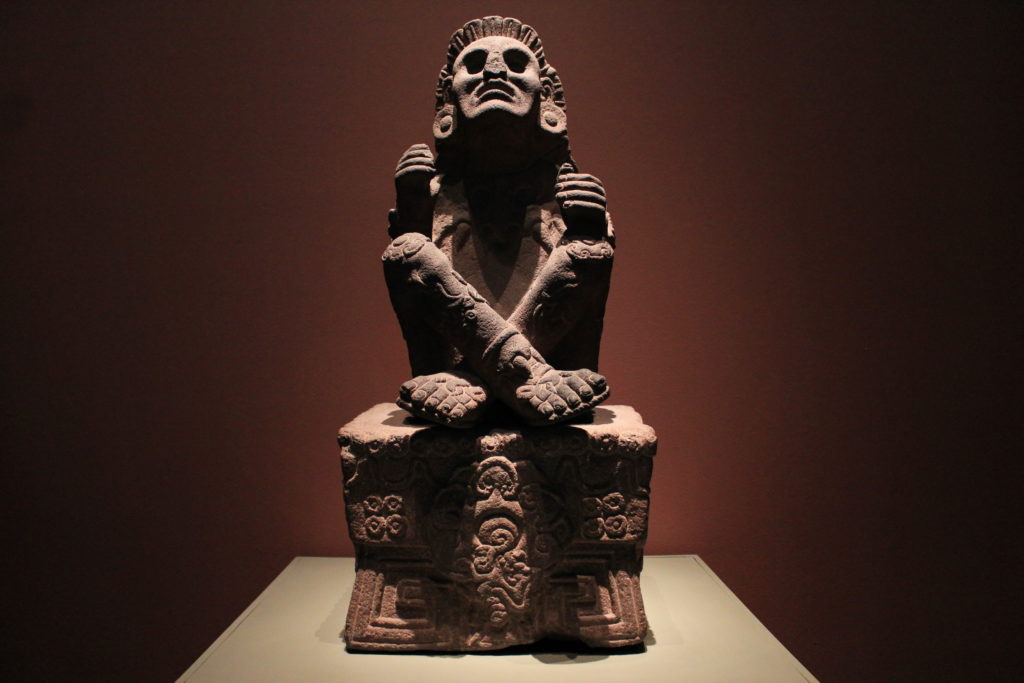

The Trip Treatment
By Michael Pollan, Published in The New Yorker
On an April Monday in 2010, Patrick Mettes, a fifty-four-year-old television news director being treated for a cancer of the bile ducts, read an article on the front page of the Times that would change his death. His diagnosis had come three years earlier, shortly after his wife, Lisa, noticed that the whites of his eyes had turned yellow. By 2010, the cancer had spread to Patrick’s lungs and he was buckling under the weight of a debilitating chemotherapy regimen and the growing fear that he might not survive. The article, headlined “Hallucinogens Have Doctors Tuning in Again,” mentioned clinical trials at several universities, including N.Y.U., in which psilocybin—the active ingredient in so-called magic mushrooms—was being administered to cancer patients in an effort to relieve their anxiety and “existential distress.” One of the researchers was quoted as saying that, under the influence of the hallucinogen, “individuals transcend their primary identification with their bodies and experience ego-free states . . . and return with a new perspective and profound acceptance.” Patrick had never taken a psychedelic drug, but he immediately wanted to volunteer. Lisa was against the idea. “I didn’t want there to be an easy way out,” she recently told me. “I wanted him to fight.”
Patrick made the call anyway and, after filling out some forms and answering a long list of questions, was accepted into the trial. Since hallucinogens can sometimes bring to the surface latent psychological problems, researchers try to weed out volunteers at high risk by asking questions about drug use and whether there is a family history of schizophrenia or bipolar disorder. After the screening, Mettes was assigned to a therapist named Anthony Bossis, a bearded, bearish psychologist in his mid-fifties, with a specialty in palliative care. Bossis is a co-principal investigator for the N.Y.U. trial.
“People don’t realize how few tools we have in psychiatry to address existential distress. Xanax isn’t the answer. So how can we not explore this, if it can recalibrate how we die?” — Anthony Bossis, NYU Researcher
After four meetings with Bossis, Mettes was scheduled for two dosings—one of them an “active” placebo (in this case, a high dose of niacin, which can produce a tingling sensation), and the other a pill containing the psilocybin. Both sessions, Mettes was told, would take place in a room decorated to look more like a living room than like a medical office, with a comfortable couch, landscape paintings on the wall, and, on the shelves, books of art and mythology, along with various aboriginal and spiritual tchotchkes, including a Buddha and a glazed ceramic mushroom. During each session, which would last the better part of a day, Mettes would lie on the couch wearing an eye mask and listening through headphones to a carefully curated playlist—Brian Eno, Philip Glass, Pat Metheny, Ravi Shankar. Bossis and a second therapist would be there throughout, saying little but being available to help should he run into any trouble.
STORY: Other Worlds Documentary: The Cosmology of Ayahuasca
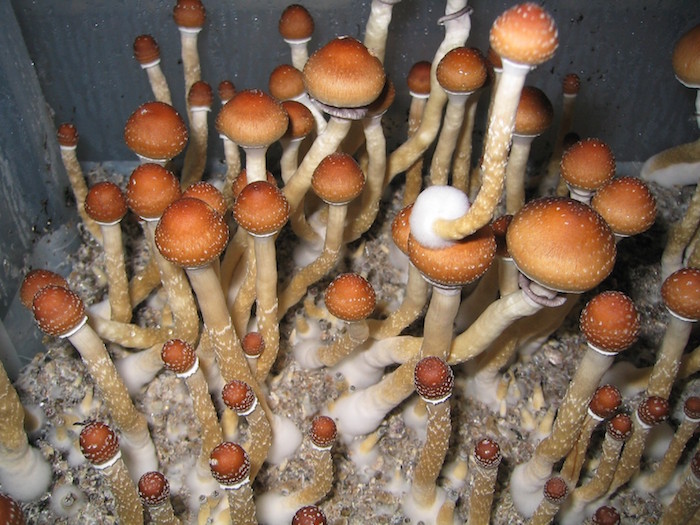
“[…] Technology has tended to devaluate the traditional vision-inducing materials. The illumination of a city, for example, was once a rare event, reserved for victories and national holidays, for the canonization of saints and the crowning of kings. Now it occurs nightly and celebrates the virtues of gin, cigarettes and toothpaste.” — Aldous Huxley, The Doors of Perception & Heaven and Hell
I met Bossis last year in the N.Y.U. treatment room, along with his colleague Stephen Ross, an associate professor of psychiatry at N.Y.U.’s medical school, who directs the ongoing psilocybin trials. Ross, who is in his forties, was dressed in a suit and could pass for a banker. He is also the director of the substance-abuse division at Bellevue, and he told me that he had known little about psychedelics—drugs that produce radical changes in consciousness, including hallucinations—until a colleague happened to mention that, in the nineteen-sixties, LSD had been used successfully to treat alcoholics. Ross did some research and was astounded at what he found.
“I felt a little like an archeologist unearthing a completely buried body of knowledge,” he said. Beginning in the nineteen-fifties, psychedelics had been used to treat a wide variety of conditions, including alcoholism and end-of-life anxiety. The American Psychiatric Association held meetings centered on LSD. “Some of the best minds in psychiatry had seriously studied these compounds in therapeutic models, with government funding,” Ross said.
Between 1953 and 1973, the federal government spent four million dollars to fund a hundred and sixteen studies of LSD, involving more than seventeen hundred subjects. (These figures don’t include classified research.) Through the mid-nineteen-sixties, psilocybin and LSD were legal and remarkably easy to obtain. Sandoz, the Swiss chemical company where, in 1938, Albert Hofmann first synthesized LSD, gave away large quantities of Delysid—LSD—to any researcher who requested it, in the hope that someone would discover a marketable application. Psychedelics were tested on alcoholics, people struggling with obsessive-compulsive disorder, depressives, autistic children, schizophrenics, terminal cancer patients, and convicts, as well as on perfectly healthy artists and scientists (to study creativity) and divinity students (to study spirituality). The results reported were frequently positive. But many of the studies were, by modern standards, poorly designed and seldom well controlled, if at all. When there were controls, it was difficult to blind the researchers—that is, hide from them which volunteers had taken the actual drug. (This remains a problem.)
By the mid-nineteen-sixties, LSD had escaped from the laboratory and swept through the counterculture. In 1970, Richard Nixon signed the Controlled Substances Act and put most psychedelics on Schedule 1, prohibiting their use for any purpose. Research soon came to a halt, and what had been learned was all but erased from the field of psychiatry. “By the time I got to medical school, no one even talked about it,” Ross said.
The clinical trials at N.Y.U.—a second one, using psilocybin to treat alcohol addiction, is now getting under way—are part of a renaissance of psychedelic research taking place at several universities in the United States, including Johns Hopkins, the Harbor-U.C.L.A. Medical Center, and the University of New Mexico, as well as at Imperial College, in London, and the University of Zurich. As the drug war subsides, scientists are eager to reconsider the therapeutic potential of these drugs, beginning with psilocybin. (Last month The Lancet, the United Kingdom’s most prominent medical journal, published a guest editorial in support of such research.) The effects of psilocybin resemble those of LSD, but, as one researcher explained, “it carries none of the political and cultural baggage of those three letters.” LSD is also stronger and longer-lasting in its effects, and is considered more likely to produce adverse reactions. Researchers are using or planning to use psilocybin not only to treat anxiety, addiction (to smoking and alcohol), and depression but also to study the neurobiology of mystical experience, which the drug, at high doses, can reliably occasion. Forty years after the Nixon Administration effectively shut down most psychedelic research, the government is gingerly allowing a small number of scientists to resume working with these powerful and still somewhat mysterious molecules.
“Each person is at each moment capable of remembering all that has ever happened to him and of perceiving everything that is happening everywhere in the universe.” — Aldous Huxley, The Doors of Perception
STORY: Terence McKenna: On Shamanic Schizophrenia and Cultural Healing
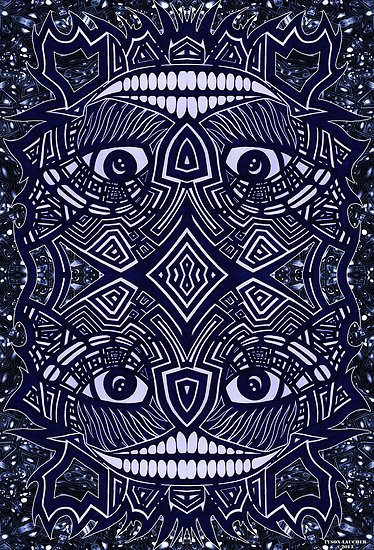

As I chatted with Tony Bossis and Stephen Ross in the treatment room at N.Y.U., their excitement about the results was evident. According to Ross, cancer patients receiving just a single dose of psilocybin experienced immediate and dramatic reductions in anxiety and depression, improvements that were sustained for at least six months. The data are still being analyzed and have not yet been submitted to a journal for peer review, but the researchers expect to publish later this year.
“I thought the first ten or twenty people were plants—that they must be faking it,” Ross told me. “They were saying things like ‘I understand love is the most powerful force on the planet,’ or ‘I had an encounter with my cancer, this black cloud of smoke.’ People who had been palpably scared of death—they lost their fear. The fact that a drug given once can have such an effect for so long is an unprecedented finding. We have never had anything like it in the psychiatric field.”
I was surprised to hear such unguarded enthusiasm from a scientist, and a substance-abuse specialist, about a street drug that, since 1970, has been classified by the government as having no accepted medical use and a high potential for abuse. But the support for renewed research on psychedelics is widespread among medical experts. “I’m personally biased in favor of these type of studies,” Thomas R. Insel, the director of the National Institute of Mental Health (N.I.M.H.) and a neuroscientist, told me. “If it proves useful to people who are really suffering, we should look at it. Just because it is a psychedelic doesn’t disqualify it in our eyes.” Nora Volkow, the director of the National Institute on Drug Abuse (nida), emphasized that “it is important to remind people that experimenting with drugs of abuse outside a research setting can produce serious harms.”
Many researchers I spoke with described their findings with excitement, some using words like “mind-blowing.” Bossis said, “People don’t realize how few tools we have in psychiatry to address existential distress. Xanax isn’t the answer. So how can we not explore this, if it can recalibrate how we die?”
Herbert D. Kleber, a psychiatrist and the director of the substance-abuse division at the Columbia University–N.Y. State Psychiatric Institute, who is one of the nation’s leading experts on drug abuse, struck a cautionary note. “The whole area of research is fascinating,” he said. “But it’s important to remember that the sample sizes are small.” He also stressed the risk of adverse effects and the importance of “having guides in the room, since you can have a good experience or a frightful one.” But he added, referring to the N.Y.U. and Johns Hopkins research, “These studies are being carried out by very well trained and dedicated therapists who know what they’re doing. The question is, is it ready for prime time?”
The idea of giving a psychedelic drug to the dying was conceived by a novelist: Aldous Huxley. In 1953, Humphry Osmond, an English psychiatrist, introduced Huxley to mescaline, an experience he chronicled in “The Doors of Perception,” in 1954. (Osmond coined the word “psychedelic,” which means “mind-manifesting,” in a 1957 letter to Huxley.) Huxley proposed a research project involving the “administration of LSD to terminal cancer cases, in the hope that it would make dying a more spiritual, less strictly physiological process.” Huxley had his wife inject him with the drug on his deathbed; he died at sixty-nine, of laryngeal cancer, on November 22, 1963.
Psilocybin mushrooms first came to the attention of Western medicine (and popular culture) in a fifteen-page 1957 Life article by an amateur mycologist—and a vice-president of J. P. Morgan in New York—named R. Gordon Wasson. In 1955, after years spent chasing down reports of the clandestine use of magic mushrooms among indigenous Mexicans, Wasson was introduced to them by María Sabina, a curandera—a healer, or shaman—in southern Mexico. Wasson’s awed first-person account of his psychedelic journey during a nocturnal mushroom ceremony inspired several scientists, including Timothy Leary, a well-regarded psychologist doing personality research at Harvard, to take up the study of psilocybin. After trying magic mushrooms in Cuernavaca, in 1960, Leary conceived the Harvard Psilocybin Project, to study the therapeutic potential of hallucinogens. His involvement with LSD came a few years later.
STORY: Ayahuasca: Fake Shamans and The Divine Vine of Immortality
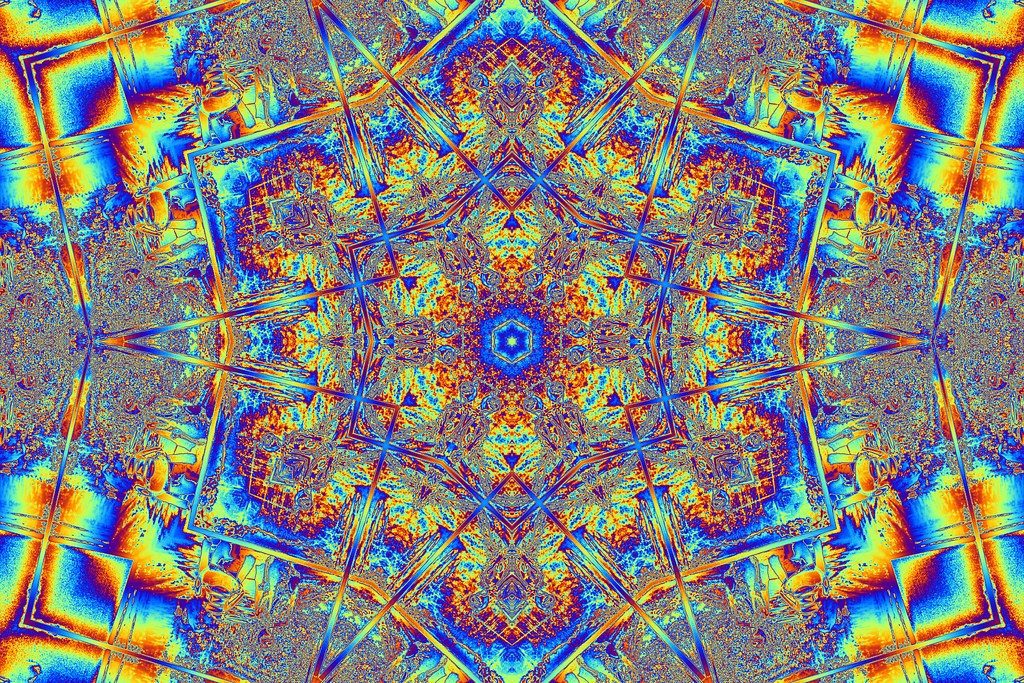

“The need for frequent chemical vacations from intolerable selfhood and repulsive surroundings will undoubtedly remain. What is needed is a new drug which will relieve and console our suffering species without doing more harm in the long run than it does good in the short.” — Aldous Huxley
In the wake of Wasson’s research, Albert Hofmann experimented with magic mushrooms in 1957. “Thirty minutes after my taking the mushrooms, the exterior world began to undergo a strange transformation,” he wrote. “Everything assumed a Mexican character.” Hofmann proceeded to identify, isolate, and then synthesize the active ingredient, psilocybin, the compound being used in the current research.
Perhaps the most influential and rigorous of these early studies was the Good Friday experiment, conducted in 1962 by Walter Pahnke, a psychiatrist and minister working on a Ph.D. dissertation under Leary at Harvard. In a double-blind experiment, twenty divinity students received a capsule of white powder right before a Good Friday service at Marsh Chapel, on the Boston University campus; ten contained psilocybin, ten an active placebo (nicotinic acid). Eight of the ten students receiving psilocybin reported a mystical experience, while only one in the control group experienced a feeling of “sacredness” and a “sense of peace.” (Telling the subjects apart was not difficult, rendering the double-blind a somewhat hollow conceit: those on the placebo sat sedately in their pews while the others lay down or wandered around the chapel, muttering things like “God is everywhere” and “Oh, the glory!”) Pahnke concluded that the experiences of eight who received the psilocybin were “indistinguishable from, if not identical with,” the classic mystical experiences reported in the literature by William James, Walter Stace, and others.
“Embraced, the lovers desperately try to fuse their insulated ecstasies into a single self-transcendence; in vain. By its very nature every embodied spirit is doomed to suffer and enjoy in solitude.” — Aldous Huxley
In 1991, Rick Doblin, the director of the Multidisciplinary Association for Psychedelic Studies (MAPS), published a follow-up study, in which he tracked down all but one of the divinity students who received psilocybin at Marsh Chapel and interviewed seven of them. They all reported that the experience had shaped their lives and work in profound and enduring ways. But Doblin found flaws in Pahnke’s published account: he had failed to mention that several subjects struggled with acute anxiety during their experience. One had to be restrained and given Thorazine, a powerful antipsychotic, after he ran from the chapel and headed down Commonwealth Avenue, convinced that he had been chosen to announce that the Messiah had arrived.
The first wave of research into psychedelics was doomed by an excessive exuberance about their potential. For people working with these remarkable molecules, it was difficult not to conclude that they were suddenly in possession of news with the power to change the world—a psychedelic gospel. They found it hard to justify confining these drugs to the laboratory or using them only for the benefit of the sick. It didn’t take long for once respectable scientists such as Leary to grow impatient with the rigmarole of objective science. He came to see science as just another societal “game,” a conventional box it was time to blow up—along with all the others.
Was the suppression of psychedelic research inevitable? Stanislav Grof, a Czech-born psychiatrist who used LSD extensively in his practice in the nineteen-sixties, believes that psychedelics “loosed the Dionysian element” on America, posing a threat to the country’s Puritan values that was bound to be repulsed. (He thinks the same thing could happen again.) Roland Griffiths, a psychopharmacologist at Johns Hopkins University School of Medicine, points out that ours is not the first culture to feel threatened by psychedelics: the reason Gordon Wasson had to rediscover magic mushrooms in Mexico was that the Spanish had suppressed them so thoroughly, deeming them dangerous instruments of paganism.
“There is such a sense of authority that comes out of the primary mystical experience that it can be threatening to existing hierarchical structures,” Griffiths told me when we met in his office last spring. “We ended up demonizing these compounds. Can you think of another area of science regarded as so dangerous and taboo that all research gets shut down for decades? It’s unprecedented in modern science.”
To read the entire article, see The New Yorker.
Michael Pollan teaches journalism at the University of California, Berkeley. “Cooked: A Natural History of Transformation” is his ?most recent book.
Updated 31 October 2016

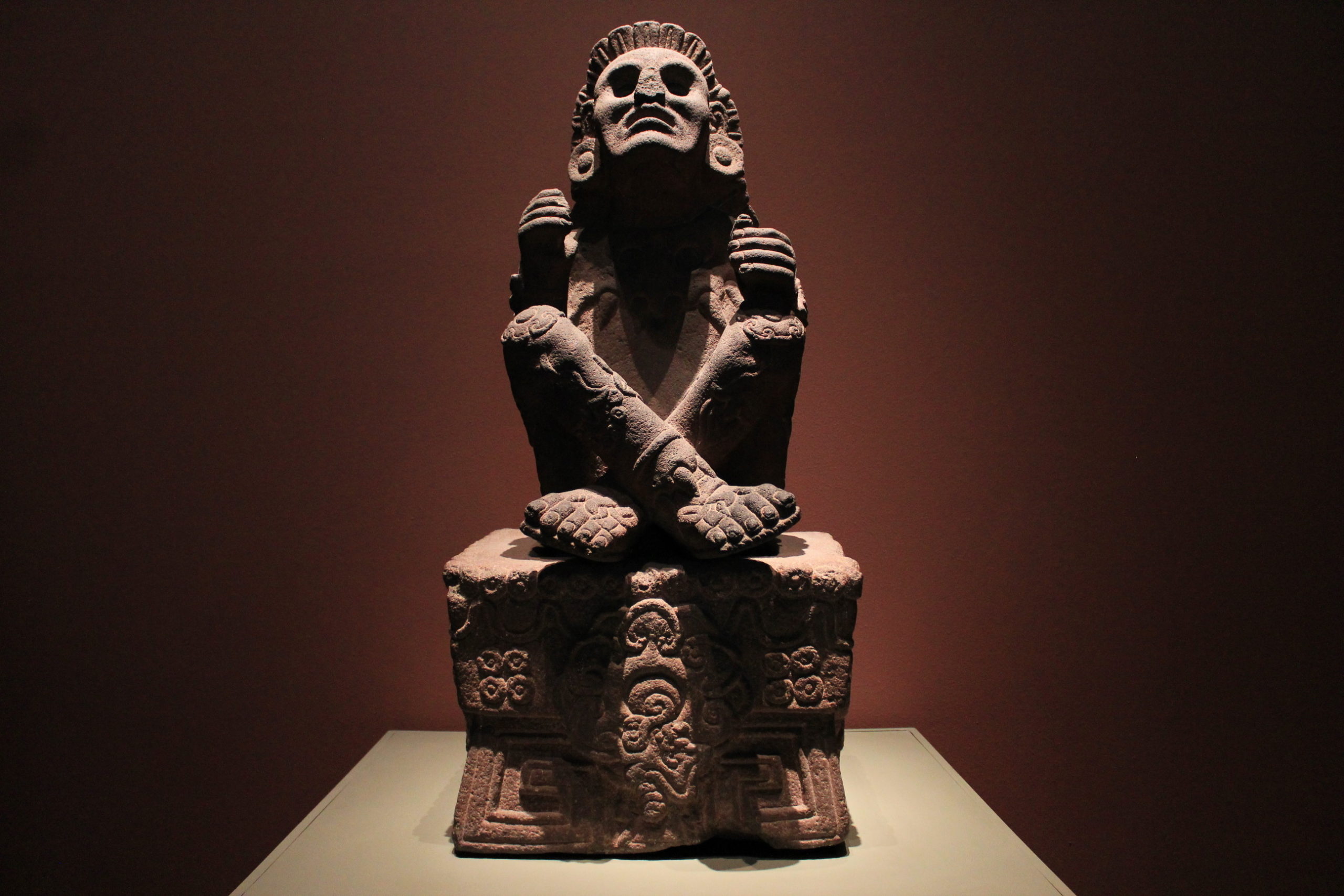


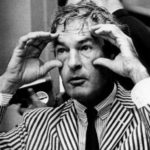
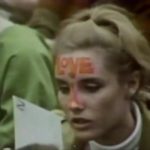
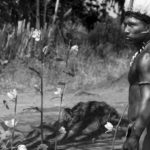
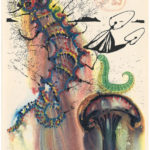

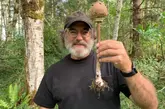
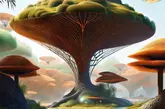

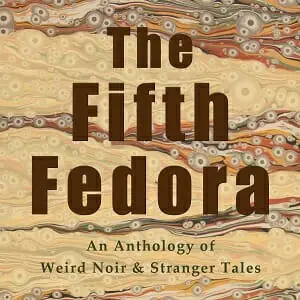

Pingback: Psychedelic CIA: Tim Leary to the Unabomber | WilderUtopia.com
Pingback: A Biological Understanding of Feeling: Key to Creating A Resilient Future